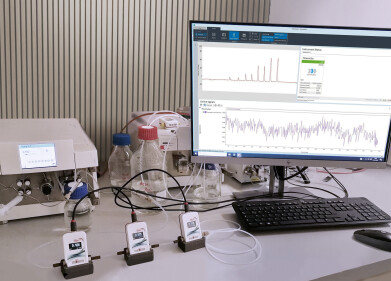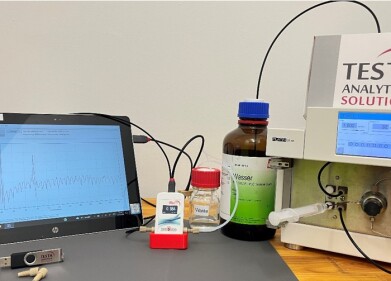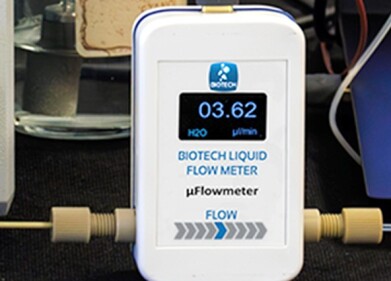HPLC, UHPLC
Chromatography Investigates OPEs in Breast Milk
Sep 29 2019
Getting the feeding right is an important part of life for any new-born baby and mother. The advice from the experts is that breast feeding is best for neonates. In the UK, over 70% of new babies are breast-fed, but it is not always possible. But sometimes breastmilk can contain things it shouldn’t.
A mother’s milk can contain environmental chemicals that a mother has ingested through food, drink or air. A recent paper published in the journal Environmental Science and Technology Letters has investigated the contamination of human breast milk with organophosphate esters and establishes a baseline for the safety of a baby’s health.
The perfect food - a mother’s milk
Breastfeeding is the most natural way to feed infants with the nutrients they need to develop and grow into healthy adolescents and adults. Most recommendations are that infants are exclusively breastfed for the first six months, and then breastfeeding along with complimentary foods up to two years old is recommended.
If breastfeeding is possible it can bring many benefits to both the mother and baby. Breast milk is designed for your baby is also the cheapest method of feeding a baby - an issue that is important in some families. Breast milk can help to protect the baby from some infections and diseases, and also helps to foster the emotional bond between mother and baby. Breastfeeding also provides health benefits to the mother too - with reduced obesity levels and incidents of cancer recorded for breastfeeding mothers.
Environmental contaminants in breastmilk
But unfortunately, pollutants and contaminants that the mother are exposed to can sometimes be found in breastmilk. In the study referenced above, researchers in the United States investigated the contamination of breast milk with organophosphate esters, or OPEs. OPEs are commonly used in many different consumer products as flame retardants and plasticizers.
Whilst there have been many reports of other contaminants in breastmilk - PCBs, BPA and dioxins - little has been reported about OPEs. Lab and animal studies suggest that some OPEs are neurotoxic, carcinogenic and reproductive toxins. Thus, the exposure to OPEs is of concern, and especially to infants as their immune as metabolic systems are still developing.
The team analysed over 100 human milk samples and used chromatography to analyse them for OPEs. Chromatography is one of the key analytical techniques for analysing lab samples - getting more from the technique is the topic of the article, Increasing HPLC / UHPLC Sample Throughput: Doing More in Less Time. The team found twelve different OPEs in the samples tested - although the levels were lower than other environmental contaminants found in breastmilk. The team report that their results could be considered as baseline data for OPEs in breastmilk.
Events
Jan 20 2025 Amsterdam, Netherlands
Feb 03 2025 Dubai, UAE
Feb 05 2025 Guangzhou, China
Mar 01 2025 Boston, MA, USA
Mar 04 2025 Berlin, Germany














